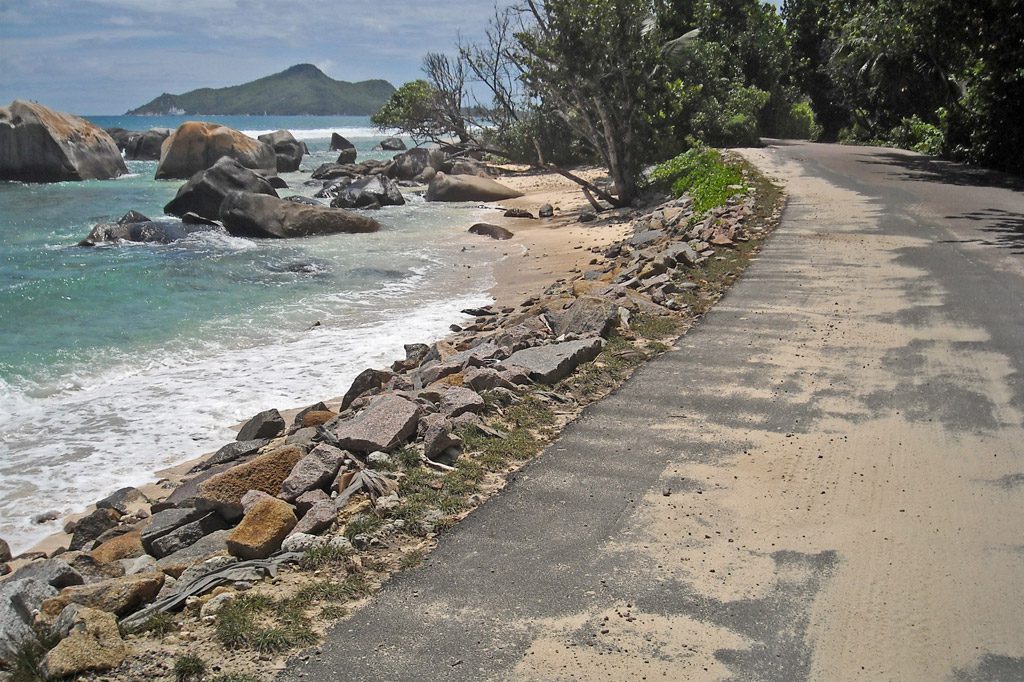
Geographic information about people and the planet is critical to making better decisions and using resources more wisely, and will be vital to achieving the new Sustainable Development Goals that countries have recently agreed on, according to a United Nations expert on the issue.
“There’s a recognition of the need and the benefit that can be realized from this kind of activity,” Tim Trainor of the United States, one of three co-chairs of the Committee of Experts on Global Geospatial Information Management (UN-GGIM), said in an interview during the body’s fifth session held last week at UN Headquarters.
Geospatial – or geographic – information shows where social, environmental and economic conditions occur. It helps answer questions such as: where are people at risk of rising sea levels? How do we protect the people living there? Where is disease occurring? How do we contain it? How many hectares are forests are there? Are we managing them sustainably?
Such data is indispensable for advancing the global development agenda, particularly the 17 Sustainable Development Goals that world leaders will formally adopt next month in New York with the aim of ending poverty, and promoting prosperity and people’s well-being while protecting the environment, by 2030.
“If you look at the Sustainable Development Goals… all of them deal with information and all of that information has some relationship to where those events or where those activities are happening on the Earth,” Mr. Trainor explained. “In order to make the Sustainable Development Goals really meaningful, they have to know where these events are happening.”
Efforts to increase the availability of high-quality, timely and reliable data, disaggregated by geographic location, will be critical, he stressed.
“The whole notion of this Committee of Experts on Global Geospatial Information Management is really attempting to alert leaders of the world about the importance of geospatial information so that they can make better informed decisions… so they can answer those questions and understand better the condition of their populations, or the condition of their economy, or the condition of their natural resources and environment and so forth.
“By making them aware and by promoting the notion of the importance of geospatial information within their country, they can make better informed decisions.”
Although it is probably not as well-known as some other UN committees, the Committee of Experts formulated the first geospatial resolution adopted by the General Assembly in February this year. This landmark resolution recognized the global importance of location and positioning for many areas of development.
This year’s session of the Committee brought together over 290 participants consisting of ministers, heads of national mapping agencies, geospatial information management authorities and industry observers from over 85 countries.
Twenty countries participated for the first time, signalling – according to the Committee – the increasing global reach of the body and the growing awareness of the use and value of geospatial information to underpin economic growth and as a vital part of sustainable development.
Among the issues discussed at its three-day session last week were guidelines to assist Member States in implementing and adopting international geospatial standards and best practice, as well as the application of geospatial information to land administration and management.
“The monitoring of the Millennium Development Goals over the past 15 years taught us that data are an indispensable element of the development agenda,” Under-Secretary-General for Economic and Social Affairs Wu Hongbo told the Committee during its session.
“Knowing where people and things are, and their relationship to each other, is essential for informed decision-making, and to measure and monitor outcomes.”
Over the next 12 months, one of the major objectives of the Committee will be to ensure that geospatial information is included in the preparation of the indicators to measure the new Sustainable Development Goals.